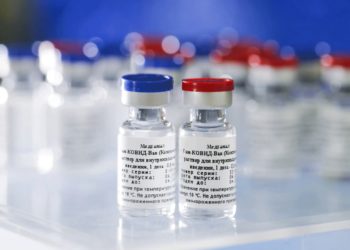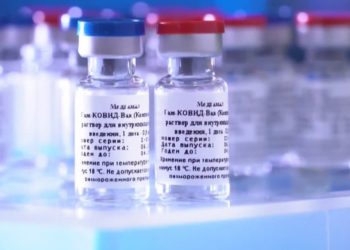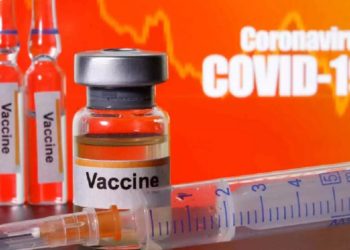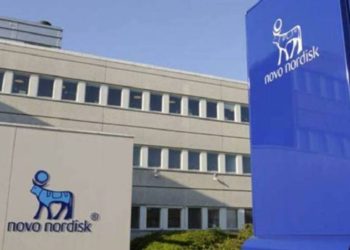Mirapex (Pramipexole) is a medication indicated for Parkinson’s disease (PD). Developed by Boehringer Ingelheim, Mirapex was approved by the US Food and Drug Administration (FDA) in June 1997 and by the European Union (EU) in March 1998.
In 2006, Mirapex was approved by the FDA and the EU for the treatment of restless legs syndrome (RLS), a neurological disorder. In 2010, the FDA approved a once-daily formulation of Mirapex for the treatment of both early and advanced PD. It was previously approved by the EU for the same indication in October 2009.
Parkinson’s disease (PD)
PD is a chronic neurological disorder and is estimated to prevail in about 2% of population over the age of 65. PD is estimated to be the second biggest neurological illness in older patients, after Alzheimer’s disease. The disease can affect any person over the age of 40 with a risk of the disease increasing for people over the age of 80.
The disease occurs when there is a progressive loss of neurons or brain cells in the substantia nigra (a part of the brain). Substantia nigra produces the chemical dopamine, a type of molecule, which serves as a neurotransmitter. When the neurons die, the amount of dopamine transported to the striatum (an area of the brain which controls movement) decreases, resulting in problems with mobility.
“Parkinson’s disease is a chronic neurological disorder.”
PD is characterised by motor and non-motor symptoms, which worsen over time. Motor symptoms include tremors, muscle cramps, slowed motion or bradykinesia and poor balance. Non-motor symptoms include depression, anxiety, cognitive impairment and sleep disorders. These symptoms, however, can vary from one patient to another. There is no cure available for treating PD, although medications to treat the symptoms of the disease are accessible.
Mirapex – non-ergot D3 dopamine agonist
The main active ingredient in Mirapex is pramipexole dihydrochloride, which is a synthetic amino-benzothiazole derivative. Pramipexole is a DA receptor agonist, and has increased affinity and selectivity towards DA D2 receptors. The drug particularly has a high affinity for D3 receptor subtype.
In clinical trials, pramipexole bound to DA D2-class receptors in the brain. The highest affinity of the drug was towards the D3 binding sites. The drug did not have any affinity towards DA D1 subfamily and other types of neurotransmitters.
Mirapex clinical trials
The clinical development of Mirapex involved studies for the treatment of both early and advanced PD. A total of ten phase II/III trials were conducted as part of the development programme. FDA approval of the drug was based on three pivotal phase III studies, which included one study for advanced PD and two for early PD.
“The clinical development of Mirapex involved studies for the treatment of both early and advanced PD.”
The phase III trial for advanced PD, M/2730/0010, involved 360 patients and was conducted in the US and Canada. The study showed that Mirapex was effective in treating the mobility symptoms of PD when compared with the placebo. Another study, comparing pramipexole and bromocriptine with the placebo, was also conducted for treating advanced PD.
The first phase III trial for early PD, M/2730/0001, was conducted in the US and involved 335 patients. The second study, M/2730/0004, included 264 patients and was conducted in the US and Canada. In both the studies, Mirapex demonstrated significantly superior therapeutic efficacy.
The approval of Mirapex for the treatment of RLS was based on four placebo-controlled studies involving 1,000 patients. In the studies, when compared to placebo, Mirapex provided better relief from RLS symptoms to patients.
Mirapex’s approval for the treatment of both early and advanced PD was based on a randomised, placebo-controlled, three parallel group clinical trial. The study included 517 patients suffering from advanced PD. Mirapex showed superior efficacy compared with the placebo in the trial.
Marketing commentary
“By 2018, the market for PD treating drugs is expected to be worth more than $2.8bn.”
By 2018, the market for PD treating drugs is expected to be worth more than $2.8bn across those in the US, France, Germany, Italy, Spain, the UK and Japan. Mirapex’s new approval as a once-daily dose is expected to significantly boost its sales in the market.
In the US, however, generic competition and other established drugs are expected to affect the sales of the drug. Mirapex is, therefore, expected to generate only $400m in sales in the US.
Mirapex stands a better chance at generating profits by launching the drug in Europe where generic versions of the drug are not expected to be launched before 2011. This provides Boehringer enough time to establish the drug’s daily dose formulation in the market.

















